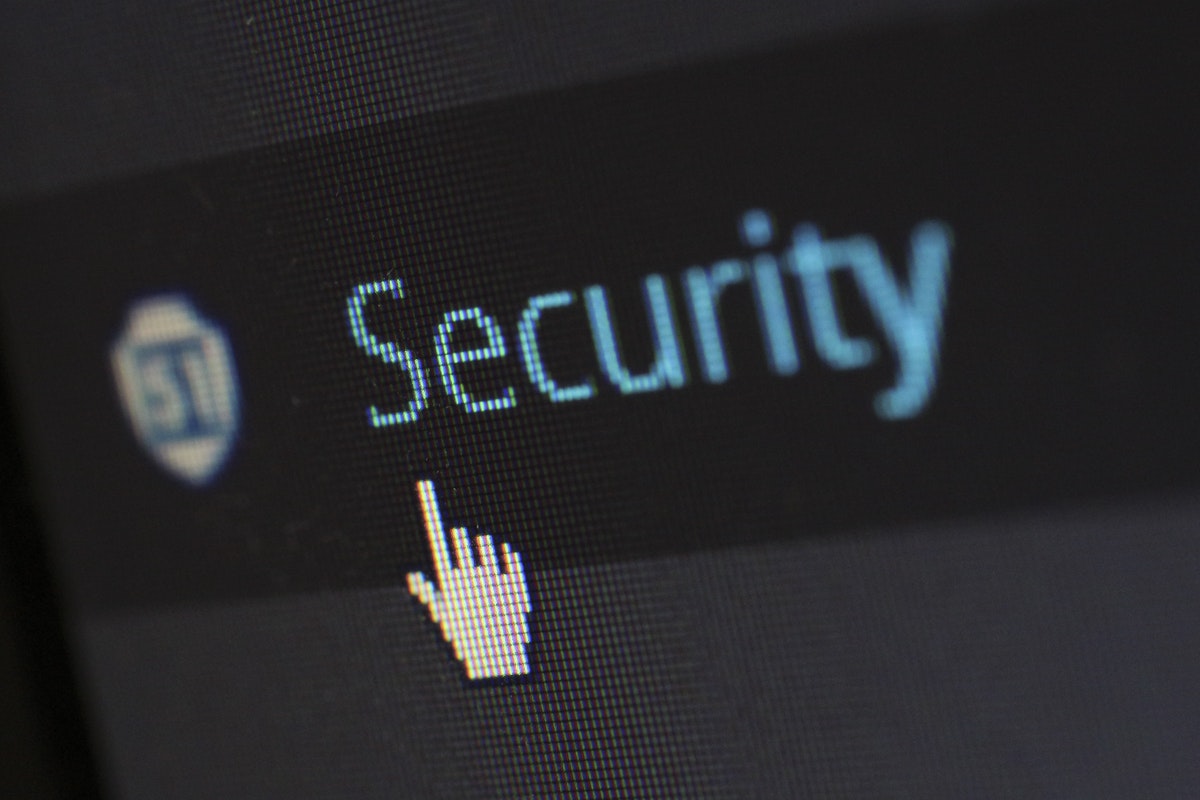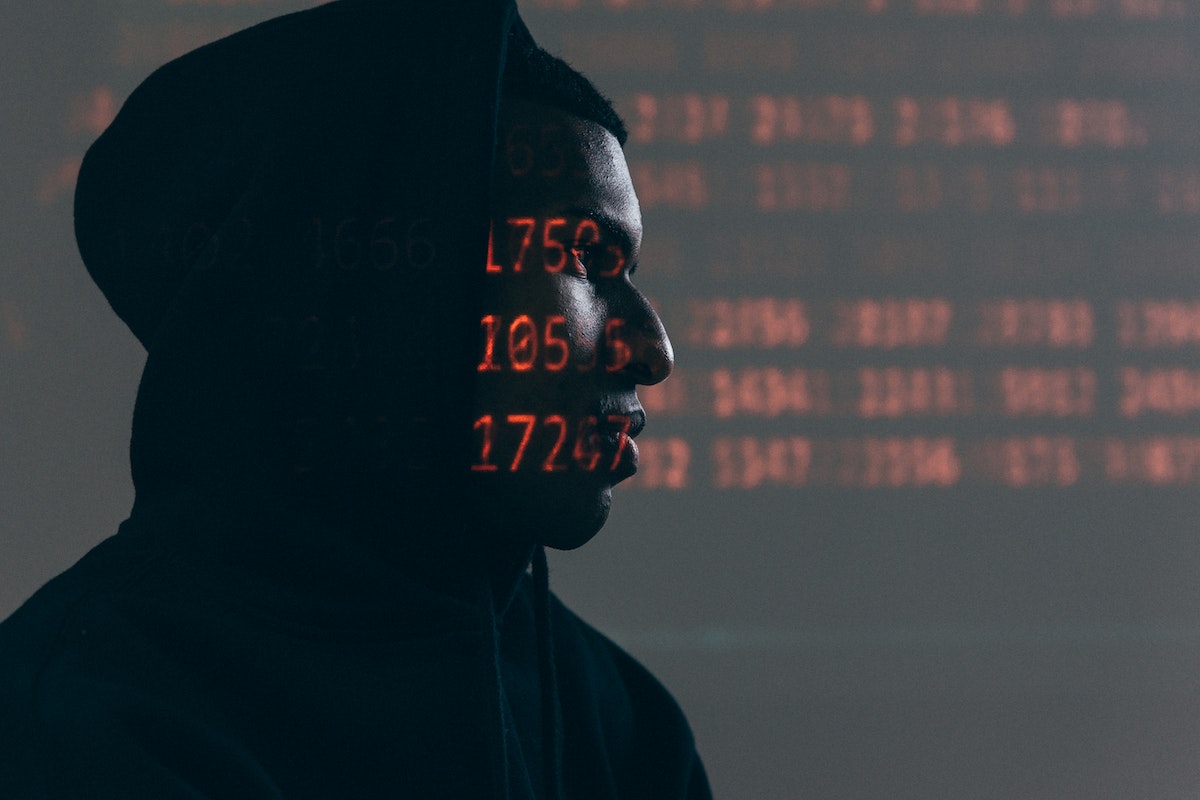Digital marketing is highly profitable. The rapid expansion of social networks provides opportunities to connect with millions of consumers simultaneously. SEO can make your brand visible better than a Times Square billboard. Having a solid online presence can be a lucrative source of income.
At the same time, the Internet could ruin a business. 60% of small and medium businesses do not recover after experiencing a cyberattack. Nowadays, businesses need to consider cybersecurity as an inevitability. Cybercrime against businesses is rising, accelerated by Covid-19 imposed WFH policies. And it’s best to prepare beforehand than to suffer devastating cyberattack consequences.

One could ask, what puts security and marketing under the same roof? In reality, the Internet changed the way we conduct business operations. Emerging and established brands are competing for the top Google SERP spots. Consumers visit social networks before making a purchase. Simultaneously, cybercriminals target businesses with ransomware and Phishing attacks to extort money.
Right now, professional online marketing and cybersecurity run the line between success and failure. In this article, we will elaborate on the importance of both.
Investing in Digital Marketing
It’s hard to stress how important it is to rank on the first Google page. Firstly, top Google SERP positions enjoy a fantastic 30% click-through rate. The percentage rapidly decreases by 16% for the second page and 11% for the third page. In other words, securing a spot on the first page guarantees steady organic traffic.
However, making it to the top takes expertise and effort. Nowadays, expanding businesses hire experienced Search Engine Optimization (SEO) professionals to ensure they rank well. SEO is a discipline that combines technical knowledge with marketing insights. SEO experts analyze and select keywords that will rank well. They structure the website layout to align with Google’s requirements. Moreover, they help to localize websites to guarantee the service is represented worldwide.
Going a few steps deeper, SEO works closely with front-end programmers. Together they ensure the website has all the necessary requirements to rank high. You may want to consider investing in web development courses if you notice you don’t get sufficient online attention. It will guarantee your employees are educated on the best web development or even design practices. SEO will take care of Google intricacies and your CTR will go up.
Another crucial aspect is social media marketing. You can introduce your services to millions of potential consumers via social networks. Moreover, you can get first-hand opinions and improve accordingly. Advanced social media marketing professionals utilize VPNs and proxy services to enhance their operations. For example, they can bypass geographical restrictions and assist in introducing services to new regions.
Investing in Online Security

During the last few decades, cybersecurity has become a significant business issue. According to cybersecurity statistics, by 2025, cybercrime will cost 10.5 trillion dollars in the US alone. Moreover, political regulations like CCPA or GDPR put legal obligations on businesses to secure user data. Failing to do so can result in legal action. Moreover, Cambridge Analytica is a perfect example of how the mishandling of user data can ruin successful companies.
Cybersecurity is a complex topic that requires decades of experience. However, taking the first steps is straightforward. For example, you can invest in a business password manager to secure corporate passwords. Too many employees choose to use common easy-to-guess passwords. To avoid this, introduce password managers with precise requirements to use secure passwords. Remember, one of the biggest hack attacks of 2021 exploited lousy password management and cost 4.4 million dollars.
It would be best if you also took care of user data management. Clients trust you with their data: name, surname, date of birth, credit card number, etc. You must ensure this data is kept safe. Moreover, hackers use SQL injection attacks to target databases.
You should consider investing in data science courses if your employees lack sufficient knowledge. It will ensure your databases are structured according to the latest cybersecurity requirements.
The Marriott hotel was fined 18.4 billion pounds after failing to secure their clients’ data.
Final Words
To summarize, utilizing IT for business operations will give you a significant advantage. You will guarantee better brand visibility and outreach by mastering digital marketing techniques.
Simultaneously, investing in cybersecurity will protect your reputation. Software tools like proxies or VPNs can be used for both marketing and cybersecurity. For example, VPNs provide access to regional SERP results and protect your online privacy. If you master modern software tools to enhance your business operations, you ensure your enterprise’s longevity.















